Content |
|---|
History
The Tosa It is a breed of dog originating in Japan. Molosser imposing aspect, It is one of the favorite breeds for the lovers of dogs large size around the world. The breed emerged in the mid-19th century, When crossing various European breeds of large size (Great Dane, Mastiff, St. Bernard, Bulldog, German Shorthaired) with the indigenous Shikoku.
In Spain is regarded as a potentially dangerous breed of dogs by Royal Decree, by which to his possession must obtain the licence for possession of dangerous dogs and register it in the corresponding Municipal registry of potentially dangerous animals. One of the things that are required for this license is insurance of civil liability to third parties.
The Tosa varies considerably in size. Japan-bred specimens tend to have half the size of the specimens bred in the rest of the world. Japanese copies are usually weigh between 35 and 55 kg, While exemplary foreigners have a weight which varies between the 60 and 100 kg. The mantle is characterized by short and smooth appearance and is often red, striped or brown clear. The maintenance of its fur is minimal.
This breed originated in the second half of the 19th century. The race started from the natives – Shikoku, an indigenous dog. It weighs some 25 kg and stand about 55 inches tall, that it resembles the European Spitz. These dogs were crossed with dogs of European races, as the Old English Bulldog in 1872, Mastiff, in 1874, St. Bernard, German pointer in 1876, Great Dane, in 1924, and the Bull Terrier. The goal was to raise a bigger dog, more powerful.
The Tosa breeding boom was between 1924 and 1933, when it was said that there were more than 5.000 Tosa breeders, in Japan.
The property of Tosa, is legally restricted in certain jurisdictions. In the United Kingdom property is regulated by the law of 1991 dangerous dogs.
Some insurance companies do not insure homes with dogs of breeds considered dangerous. The Australian Customs Service prohibits the importation of Tosa, along with dogs of other breeds considered dangerous, in Australia.
The Tosa it is one of the eleven breeds of dogs, recently, banned by Dublin City Council from their properties, including housing, flats and estates.
The race is illegal in Norway, Denmark, in Iceland, in New Zealand, in Malta, Australia and Malaysia, where the government of the country affirmed that the Tosa they are specially bred for fighting, the regulation was made in order to combat the increasing number of dog attacks on humans, especially for children.
The Tosa It is the largest of the races of Japan. It is known by various names, including Tosa-Ken, Tosa dog, Tosa-Inu, Japanese Fighting Dog and Japanese Mastiff. Inu is the Japanese word for dog.
Physical characteristics
The Tosa it is a strong and at the same time elegant moloso, sporty and not very big. The official standard describes it like this:
Big dog, of strong complexion and dignified behavior. He has droopy ears, a short coat, a square muzzle and a thick hanging tail at its base.
With the Tosa, the combination between an imposing figure and an absolutely calm charisma, cool and almost patronizing is very attractive. Males must have a height at the withers of not less than 60 centimeters, females not less than 55 centimeters. No weight given. Tosa is short, hard and dense. The Red, the fawn, the apricot, black and brindle are allowed as coat colors. Discreet white markings on chest and legs are allowed. shy dogs, aggressive or frightened are excluded from breeding.
Character and skills
The Tosa it has an absolutely great nature. Nothing can bother you so fast, true to the japanese proverb “the quietest are the bravest”. He is strongly family oriented, especially towards their master or caretaker. He is faithful to his teacher. Towards strangers is neutrally dismissive. Let the strangers paint it smoothly; let them come up to him. If you like someone, an affection, which then lasts a lifetime, comes of his own free will to receive caresses.
The standard rightly defines its nature: “Determined by patience, composure, fearlessness and courage”. This very strong dog needs a handler with canine experience and above all a sovereign calm. It's kind, devoted to people and fond of children. But it is not always compatible with other dogs. Here it tends to dominate. The Tosa is sure of himself and himself, calm but wide awake. It is a stubborn dog.
The Tosa not demanding regarding external conditions. Of course: a flat in the big city is not suitable for your attitude. It is best to grant him a house with a large garden. He likes to stay out, but it's not a kennel dog. La Tosa is very easy to care for. Under a competent teacher or lover with leadership qualities is a good family dog ​​and friend of children. He loves them above all. But he doesn't always accept other animals in the house.
Unfortunately, one must always have a fact in mind: It is considered a dangerous dog in many German and Austrian states. In some cantons of Switzerland, France, Great Britain and Denmark is on the list of dogs that are not allowed to have or import. You don't have to travel with him to the Netherlands either, because it threatens confiscation to euthanasia, without anything having to happen.
Education “Tosa”
Despite its independence, the Tosa it is very docile and airshipable for a molosoid. Like all molossi, not a nervous workaholic who wants to be entertained and challenged all the time. El Tosa does what he is told. But he needs a teacher and a lover that he accepts inside as a leader and that from the puppy. So he does everything and is faithful. Serious leadership mistakes are counterproductive and Tosa does not forgive them.
He understands people very well and follows them with pleasure and well on the basis of mutual recognition and respect. Whoever takes this to heart holds the key to a wonderful association between man and dog. It is recommended to train the Tosa to become a companion dog fit for the road. Effortlessly handles it. To refuse, on the other hand, training as a protection dog for this breed. To develop its compatibility with other dogs, you should attend a good dog school with him as a puppy.
Care and health “Tosa”
The Tosa has no special requirements for your care.
Breed-specific diseases are not known..
Nutrition / Food
The Tosa has no special dietary requirements.
The life expectancy Tosa
The Tosa has a life expectancy of about 10 years.
For sale “Tosa”
Before buying, we must be aware that the restrictive attitude of the State (list dog) causes many problems in everyday life and additional financial burdens. The breeders of the Tosa are, Unfortunately, very rare. Puppies of this breed cost around 1.800 EUR.
Characteristics "Tosa"
Coexistence is important that you have with your new friend. Before considering the acquisition of a dog of the breed "Tosa" you know certain factors. Not all breeds of dogs are apt to live in an apartment, you must take into account his character, their need for exercise, their interaction with other pets, their care and if you have small children, their level of tolerance towards them.
Adaptation ⓘ2.0 out of 5 stars (based on 1 review)
|
friendly dog ⓘ1.0 out of 5 stars (based on 1 review)
|
hair loss ⓘ3.0 out of 5 stars (based on 1 review)
|
|---|---|---|
Affection level ⓘ3.0 out of 5 stars (based on 1 review)
|
Need for exercise ⓘ2.0 out of 5 stars (based on 1 review)
|
Social need ⓘ3.0 out of 5 stars (based on 1 review)
|
Home ⓘ1.0 out of 5 stars (based on 1 review)
|
Toilet ⓘ2.0 out of 5 stars (based on 1 review)
|
Friendly with strangers ⓘ1.0 out of 5 stars (based on 1 review)
|
barking ⓘ2.0 out of 5 stars (based on 1 review)
|
Health ⓘ2.0 out of 5 stars (based on 1 review)
|
Territorial ⓘ5.0 out of 5 stars (based on 1 review)
|
Cat friendly ⓘ2.0 out of 5 stars (based on 1 review)
|
Intelligence ⓘ3.0 out of 5 stars (based on 1 review)
|
Versatility ⓘ2.0 out of 5 stars (based on 1 review)
|
Child friendly ⓘ3.0 out of 5 stars (based on 1 review)
|
Surveillance ⓘ3.0 out of 5 stars (based on 1 review)
|
joy ⓘ5.0 out of 5 stars (based on 1 review)
|
Images "Tosa"
Photos:
1 – Tosa during Dogs Show in Rybnik. by Pleple2000
2 – Tosa_inu at the World Dog Show in Poznań by Pleple2000
3 – Tosa_you by https://www.piqsels.com/es/public-domain-photo-zsozg
4 – Tosa_you by Lilly M / CC BY-SA
5 – INSERT YOURSELF by BUKADAI..JPG: Ludivine HOUDASderivative work: Caronna / CC BY-SA
6 – Tosa_inu by https://pixabay.com/es/photos/tosa-inu-perro-perro-cachorro-2515779/
Videos "Tosa"
Type and recognitions:
- FCI CLASSIFICATION: 260
- Group 2: Pinscher and Schnauzer - Molossoid and Swiss Mountain and Cattledogs
- Section 2.1: Molossoid, mastiff type. Without working trial. .
Federations:
- – FCI – Pinscher and Schnauzer-Molossoid type dogs – Swiss Mountain Dogs and Cattledogs. Section 2.1 Molossoid, mastiff type. ⓘ
- – AKC ⓘ
- – UKC – Watchdog ⓘ
FCI breed standard "Tosa"
‘
Alternative names:
1. Tosa Inu, Tosa Ken (土佐犬), Tosa Tōken (土佐闘犬), Japanese, Fighting Dog, Japanese Mastiff, Tosa Fighting Dog, Japanese Tosa (English).
2. Tosa-Inu (French).
3. Tosa Inu, Tosa-Kampfhund, Tosa inu/ken, osa-Hund (German).
4. Mastiff japonês, Tosa inu (Portuguese).
5. Tosa, Mastín japonés (español).
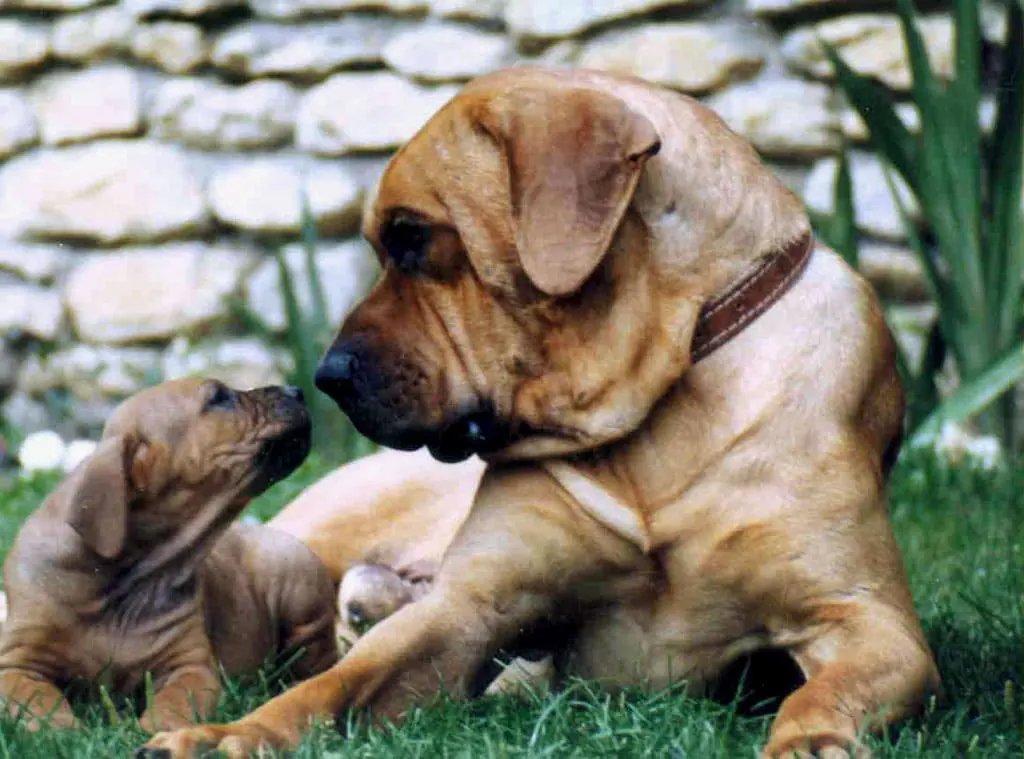

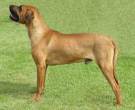
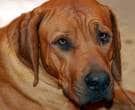
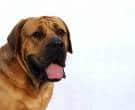
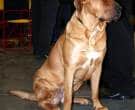

 This is the Japanese dog. TOSA INU
This is the Japanese dog. TOSA INU Tosa – What it’s like having one? – Japanese Mastiff
Tosa – What it’s like having one? – Japanese Mastiff Tosa – Japanese Fighting Mastiff
Tosa – Japanese Fighting Mastiff Tosa – Atai Tosa Tandoku (my best friend, world winner)
Tosa – Atai Tosa Tandoku (my best friend, world winner)
Very interesting, however it would be easier to understand if an automatic translator had not been used or if, at least, someone had done the proofreading and corrections… It would also be good to have the source of the original text to understand the pieces that were confusing. The hint.